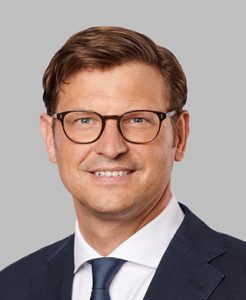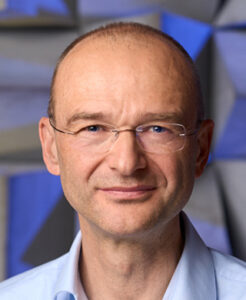Optogenetic
Hearing
Restoration
Hearing loss is considered the most common sensory disability in humans. More than 5% of the world’s population – 432 million adults and 34 million children – suffer from disabling hearing impairment. In severe cases, cochlear implants (CIs) partially restore hearing, enabling most of the approximately 1 million current CI users to perceive speech openly. While electric cochlear implants (eCIs) allow most users to understand speech in one-on-one conversations in silence, communication in background noise largely fails. Additionally, eCI users typically do not have access to speech and music melodies. Thus, there is a significant unmet clinical need for 60 million severely hearing-impaired and deaf people. This is largely due to the broad spread of electrical current from each of the 12-24 electrode contacts in the cochlea. Optogenetic stimulation overcomes this limitation: because light can be spatially better confined, optical (O)CIs have greater frequency selectivity. This promises another major step towards normalcy for these patients: communication in everyday situations and participation in a normal social life. As a “one-size-fits-all” approach, oCIs will be more widely available than future gene augmentation therapies for specific forms of genetic deafness.
We have preclinically demonstrated the feasibility, stability, and efficacy of optogenetic stimulation of spiral ganglion neurons (SGN): We generated a fast-gating, red light-activated channelrhodopsin and found near-physiological spectral selectivity and temporal fidelity in rodents using various AAV capsids as viral vectors. We have conducted initial tests on the stability and safety of optogene therapy in mice, achieving positive results that we will pursue further in gerbils and humans with disabilities. We now plan preclinical dose-finding studies in gerbils and marmosets using microcatheter-based delivery. Together with the L2T platforms, we will continue to develop, apply, and characterize advanced optogenes, AAVs, and promoters to prepare for the next generation of optogenetic hearing restoration, focusing on improved efficacy and the results of the first clinical dose-finding study planned from 2027. We anticipate that a multi-center clinical trial with the new oCI will begin in 2031, with the potential to transform hearing restoration for several decades.



